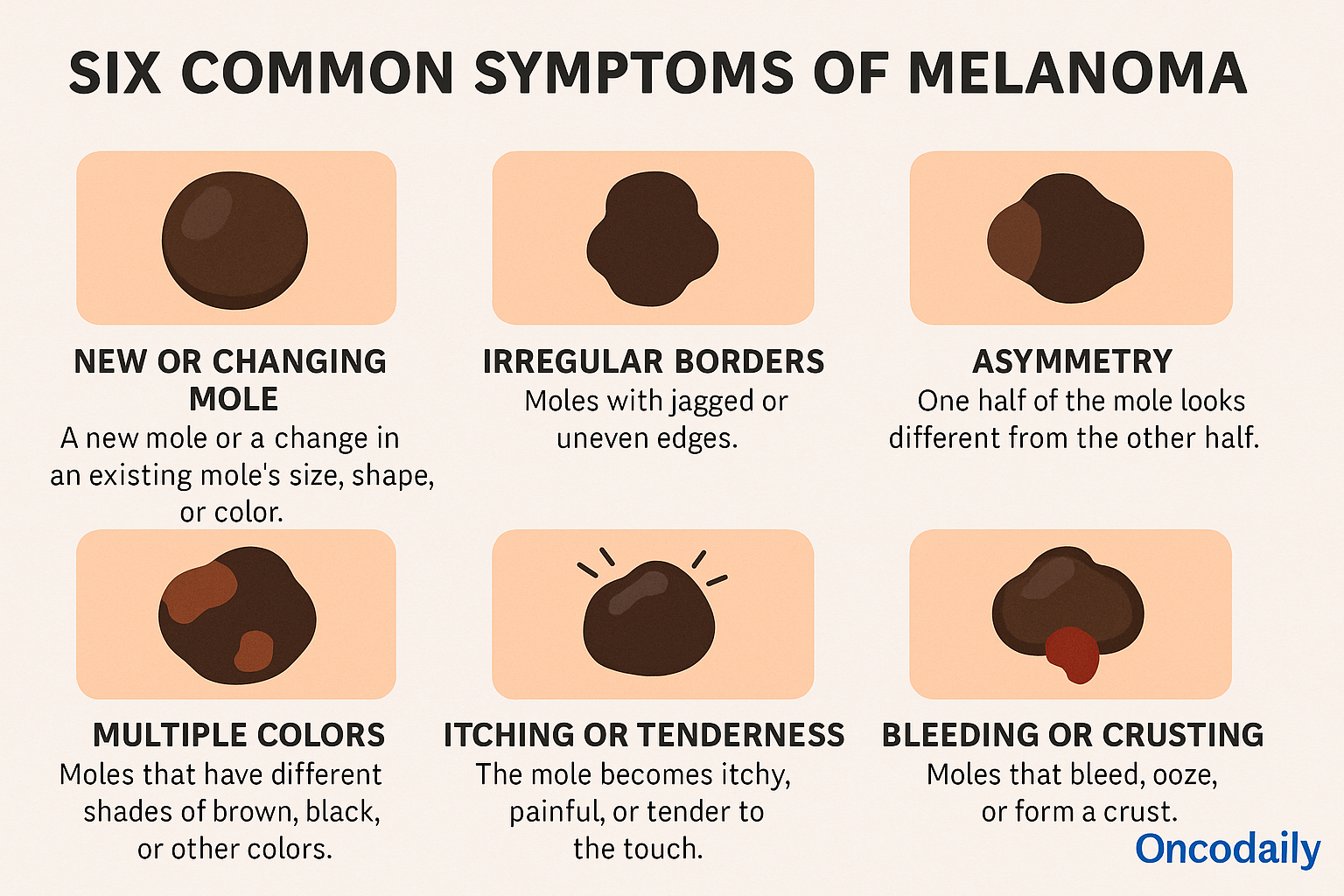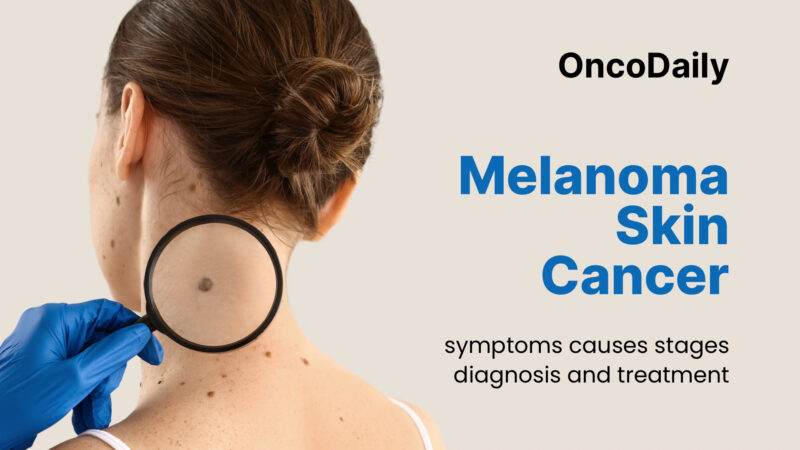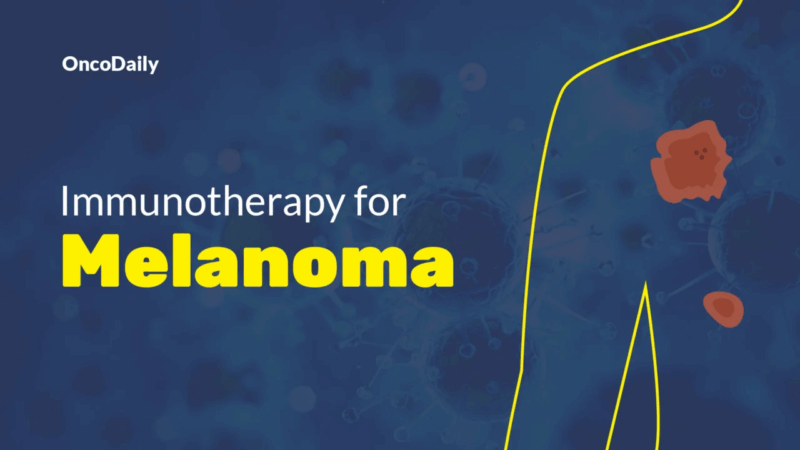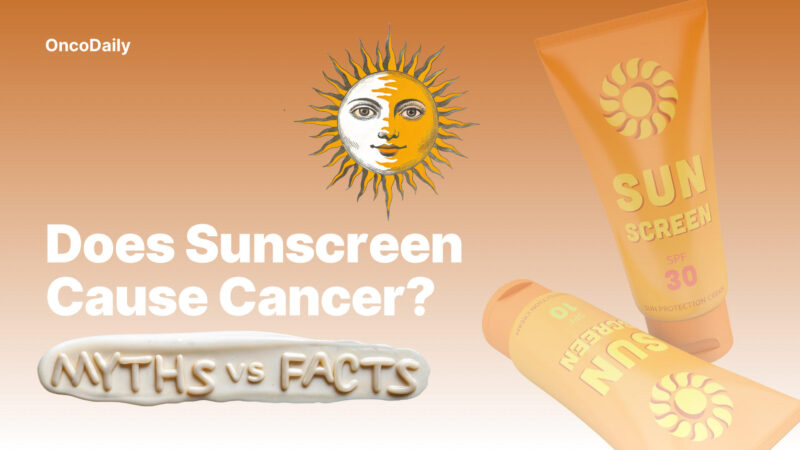“You never know how strong you are, until being strong is your only choice.”
In July 1977, reggae icon Bob Marley was diagnosed with acral lentiginous melanoma (ALM), a rare skin cancer which typically appears on hairless areas such as under the nails, soles of the feet, or palms of the hands. Unlike most melanomas caused by ultraviolet (UV) radiation, ALM is more strongly linked to genetic factors and is the most common melanoma subtype found in people with darker skin tones. Unfortunately, without more aggressive treatment, the cancer metastasized to his lungs, brain, liver, and other organs, ultimately leading to his death at age 36 on May 11, 1981.

Photo: Depositphotos
This article also explores the causes of melanoma, preventive measures, and the importance of early detection, especially during Melanoma Awareness Month in May.
How Bob Marley Was Diagnosed with Throat Cancer?
Bob Marley was diagnosed with melanoma after noticing a dark spot under the nail of his right big toe in 1977, when he was 32 years old. At first, Marley believed the lesion was the result of a soccer injury, but when it did not heal, he sought medical attention. The initial diagnosis was delayed, and it took consultations with two doctors before a biopsy was performed. The biopsy revealed that Marley had acral lentiginous melanoma (ALM), a rare and aggressive form of skin cancer that typically appears on the soles of the feet, palms, or under the nails, and is more common in people with darker skin.
What Treatments Did Bob Marley Undergo for Melanoma ?
After Bob Marley was diagnosed with acral lentiginous melanoma-a rare and aggressive skin cancer-doctors strongly advised amputation of his right big toe to prevent the disease from spreading. Marley, however, declined this recommendation due to his Rastafarian beliefs, which prohibit the removal of any part of the body. Instead, he underwent excisional surgery, where the nail, nail bed, and surrounding cancerous tissue were removed, followed by a skin graft from his thigh.
Following this limited intervention, Marley did not pursue further conventional treatment. For a period, he continued to perform and live relatively normally. However, by 1980, his health began to decline rapidly. He collapsed while jogging in Central Park, New York, and was hospitalized, where it was discovered that the melanoma had metastasized to his brain, lungs, liver, and stomach.
Rejecting further standard medical interventions, Marley traveled to Germany to seek alternative therapies under Dr. Josef Issels, which included dietary changes, exercise, ozone injections, and vitamins. Unfortunately, these treatments proved ineffective. As his condition worsened, Marley attempted to return to Jamaica, but his health deteriorated en route, forcing an emergency landing in Miami. He died at Cedars of Lebanon Hospital in Miami on May 11, 1981, at just 36 years old.
Marley’s decision not to undergo amputation highlights the profound challenge of balancing deeply held personal or spiritual beliefs with medical necessity. His story is a powerful reminder of the importance of early detection, timely intervention, and informed decision-making in the face of life-threatening illness.
Support from Family and Friends
Bob Marley’s friends and family played a significant supportive role during his cancer treatments, especially in his final years. His wife, Rita Marley, was pivotal in gathering his children from Jamaica to be by his side during his hospitalization at Cedars of Lebanon Hospital, ensuring family presence in his last days. His close friends and personal physician, Dr. Carlton “Pee Wee” Fraser, recalled Marley’s determined spirit to fight the illness despite the prognosis, reflecting the emotional support from those close to him.
Additionally, Marley’s road manager, Allan Cole, actively sought out alternative treatments when conventional chemotherapy failed to improve his health. Cole attended a cancer seminar and connected with Dr. Josef Issels, a German doctor known for holistic, non-toxic cancer treatments, reflecting the practical support and advocacy from Marley’s inner circle in exploring all possible care options.

Marley’s Influence on Public Awareness of Cancer and Health Choices
Bob Marley’s battle with acral melanoma, a rare form of skin cancer, has had a lasting impact on public awareness of cancer, particularly skin cancer, and health choices worldwide. His story has inspired many to consider the importance of early detection and holistic health approaches, opening conversations about cancer prevention and treatment.
Marley’s illness and untimely death brought significant attention to melanoma, especially within African and Caribbean communities where awareness was limited. His personal health journey, including his refusal of conventional treatments due to Rastafarian beliefs, sparked debates on the role of cultural and spiritual values in medical decisions.
The Bob Marley Foundation and other organizations have used his legacy to promote cancer awareness campaigns, emphasizing early detection and healthy lifestyle choices. Marley’s story encourages fans and the broader public to prioritize self-care and seek medical advice promptly when facing health issues.
What Advances in Melanoma Treatment Have Been Made Since Bob Marley’s Time?
In the late 1970s, when Marley was diagnosed, treatment options for melanoma were limited and often invasive, such as amputation of affected limbs.
Since then, medical advances have dramatically improved outcomes, with current 5-year survival rates for melanoma rising from about 50% in the 1970s to approximately 92% today, thanks to early detection and novel therapies. Modern treatments include targeted therapies, immunotherapy, and less invasive surgical options, which were not available during Marley’s era. These advances highlight the importance of ongoing research and the progress made in cancer care since Marley’s diagnosis.

Photo: Depositphotos
Approximately 212,200 melanoma cases are expected to be diagnosed in 2025 in the U.S. About 107,240 cases will be noninvasive (in situ) and 104,960 cases will be invasive. Estimated deaths from melanoma in 2025: 8,430 people (5,470 men and 2,960 women). Melanoma accounts for about 1% of all skin cancer cases but is the deadliest form of skin cancer.
The overall 5-year relative survival rate for melanoma is approximately 94% in the U.S. (based on 2015–2021 SEER data and 2014–2020 ACS data). In England, similar survival rates are reported, with almost 95% surviving 5 years or more after diagnosis.
What Makes Bob Marley a Legend ?
The unique fusion of his musical innovation, powerful social and political messages, and deep spiritual authenticity. He helped shape and popularize reggae music by blending ska, rocksteady, and folk influences with lyrics that spoke to freedom, resistance, racial equality, and hope-rooted in his Rastafarian beliefs. Songs like “Get Up, Stand Up,” “Redemption Song,” and “One Love” became anthems for social justice and unity around the world.
Marley was the first major artist from a developing country to achieve global fame, bringing Jamaican culture and reggae music to international audiences and inspiring countless musicians. His founding of the Tuff Gong label further solidified his impact on the music industry. Beyond his musical talents, Marley’s genuine representation of the struggles and aspirations of the oppressed gave his work enduring emotional and spiritual depth.
In essence, Bob Marley’s rise from humble beginnings to global icon was fueled by his extraordinary ability to create music that transcended borders, spoke truth to power, and united people through messages of love, peace, and resistance-securing his place as a timeless legend.
Top 5 Surprising Facts You Didn’t Know About Bob Marley
He was Derogatorily Nicknamed “White Boy”
Born to a white British naval officer and a young black Jamaican mother, Marley’s mixed-race heritage made him stand out in his community. Locals in Kingston nicknamed him “White Boy,” a label that initially alienated him but later helped build his confidence and shaped his inclusive philosophy: “I’m not on the white man’s side, or the Black man’s side. I’m on God’s side.”
He could Read Palms as a Child.
From around age four, Marley showed an unusual talent for palm reading, making predictions that often came true. His mother was unsettled by this gift and made him stop. As an adult, Marley refused to continue reading palms, saying, “I’m not reading no more hand: I’m singing now.”
He was Imprisoned for Marijuana Possession, which Influenced his Music.
Marley spent a month in jail after being arrested for marijuana possession. During this time, he formed strong bonds with fellow inmates, which inspired him to write songs with deeper political and social messages.
His Birth Name was Nesta Robert Marley, but it was Altered
Marley’s given name was Nesta Robert Marley, but his first and middle names were swapped because “Nesta” was considered a girl’s name. Additionally, his birth certificate incorrectly listed his birth date as April 6 instead of February 6, due to delayed registration.
He Fathered 11 Acknowledged Children and Possibly more.
Marley had a large family, officially recognizing 11 children with multiple women, including his wife Rita. Many of his descendants, such as Ziggy Marley and Skip Marley, have continued his musical legacy.
You Can Also Read Melanoma (Skin Cancer): Symptoms, Causes, Stages, Diagnosis and Treatment by Oncology

What Causes Acral Lentiginous Melanoma?
Acral lentiginous melanoma (ALM) is a distinct subtype of cutaneous melanoma that primarily arises on the acral sites-namely the palms of the hands, soles of the feet, and subungual (under the nails) regions. ALM accounts for approximately 2–3% of all melanomas in Caucasian populations but represents the most common melanoma subtype in individuals with darker skin tones, including African, Hispanic, and Asian populations.
Etiology and Risk Factors
Unlike other melanoma subtypes, ALM is not strongly associated with ultraviolet (UV) radiation exposure. The acral sites where ALM develops are typically shielded from sunlight, and epidemiological studies have failed to establish a clear link between UV exposure and ALM incidence. This distinguishes ALM from superficial spreading melanoma and nodular melanoma, which are strongly correlated with UV-induced DNA damage.
ALM exhibits a unique molecular profile distinct from other melanomas. Mutations commonly observed in cutaneous melanomas, such as BRAF and NRAS mutations, are infrequent in ALM. Instead, ALM often harbors mutations or amplifications in genes such as KIT, CCND1, and CDK4, which are involved in cell cycle regulation and receptor tyrosine kinase signaling. These genetic alterations contribute to uncontrolled melanocyte proliferation and malignant transformation.
Some researchers hypothesize that chronic mechanical stress or repetitive trauma to acral sites may contribute to melanocyte dysregulation and tumor development. However, this association remains controversial and lacks definitive evidence.
ALM disproportionately affects individuals with darker skin, who generally have lower overall melanoma risk but higher rates of ALM. This suggests that genetic susceptibility factors related to skin pigmentation and melanocyte biology may influence ALM risk. Unlike other melanoma types, traditional risk factors such as fair skin, freckling, and sunburn history do not appear to significantly increase ALM risk.
Pathogenesis
The pathogenesis of ALM involves the malignant transformation of melanocytes located in the basal layer of the epidermis on acral skin. Histologically, ALM is characterized by a lentiginous (linear) proliferation of atypical melanocytes along the dermoepidermal junction, often with pagetoid spread. This pattern reflects the slow radial growth phase typical of ALM before vertical invasion occurs.
Genetic mutations in oncogenes and tumor suppressor genes disrupt normal cell cycle checkpoints and promote melanocyte proliferation and survival. For example: KIT mutations and amplifications lead to constitutive activation of receptor tyrosine kinase pathways, driving cell growth. Cyclin D1 (CCND1) amplification promotes progression through the G1 phase of the cell cycle. CDK4 alterations further deregulate cell cycle control. These molecular events collectively contribute to the initiation and progression of ALM.
You Can Also Read Immunotherapy for Melanoma: Types, Success Rate, Side Effects & More by Oncology

How to Effectively Prevent Melanoma
Melanoma prevention primarily focuses on minimizing exposure to ultraviolet (UV) radiation, the leading cause of most melanomas. Effective prevention involves a combination of behavioral changes, protective measures, and regular skin monitoring.
Limiting UV Exposure and Protective Measures
First and foremost, it is essential to limit direct UV exposure by avoiding outdoor activities during peak sunlight hours, typically between 10 a.m. and 4 p.m., when UV radiation is most intense. Seeking shade whenever possible further reduces the risk of harmful sun exposure.
Sunscreen Use and Clothing for Sun Protection
Wearing protective clothing is a critical preventive strategy. Long-sleeved shirts, long pants, and garments made from fabrics with a high ultraviolet protection factor (UPF) provide a physical barrier against UV rays. Additionally, wide-brimmed hats shield the face, ears, and neck—areas particularly vulnerable to sun damage. UV-blocking sunglasses protect the eyes and the surrounding delicate skin.
The regular application of broad-spectrum sunscreen with a sun protection factor (SPF) of 30 or higher is strongly recommended. Sunscreen should be applied generously to all exposed skin and reapplied every two hours or more frequently if swimming or sweating. It is important to select sunscreens that protect against both UVA and UVB radiation.
You Can Also Read Does Sunscreen Cause Cancer? Myths and Facts by Oncodaily

You Can Also Listen 50¢ Soap, Skin Cancer, and TIME’s Kid of the Year – Myths & Facts: OncoDaily DeepDive
Early Detection and Regular Skin Checks
Regular skin self-examinations are vital for early detection of suspicious lesions. Individuals should perform monthly checks for new or changing moles, freckles, or spots. Professional skin evaluations by dermatologists are recommended annually or more frequently for those with elevated risk factors, such as a family history of melanoma or numerous atypical moles.
Maintaining a healthy immune system through balanced nutrition and lifestyle may also contribute to melanoma prevention. Diets rich in antioxidants and nutrients like beta-carotene, lycopene, omega-3 fatty acids, vitamins C, D, E, selenium, and zinc support skin health, although these should complement, not replace, sun protection measures.
Written by Aharon Tsaturyan MD
FAQ
What type of cancer did Bob Marley have?
Bob Marley was diagnosed with acral lentiginous melanoma (ALM), a rare and aggressive form of skin cancer that develops on non-sun-exposed areas such as under the toenails, soles of the feet, or palms of the hands.
How was Bob Marley’s melanoma discovered?
Marley first noticed a dark spot under his big toenail, which he initially thought was a soccer injury. After consulting doctors and undergoing a biopsy, it was confirmed to be acral lentiginous melanoma in 1977.
What treatment did Bob Marley receive for his melanoma?
Doctors recommended amputation of the affected toe, but Marley refused due to his Rastafarian beliefs. Instead, he had the nail and surrounding tissue removed and replaced with a skin graft. He also received radiation therapy later when the cancer metastasized, but chemotherapy was largely ineffective.
Did Bob Marley’s melanoma spread to other parts of his body?
Yes, Marley’s melanoma eventually metastasized to vital organs including his brain, lungs, and liver. This widespread cancer led to his deteriorating health and death in 1981 at age 36.
Why is acral lentiginous melanoma different from other melanomas?
Unlike most melanomas caused by ultraviolet (UV) radiation, ALM develops on hairless, sun-protected areas and is more likely linked to genetic factors. It is the most common melanoma subtype in people of color and is often diagnosed late due to its hidden locations.
Could Bob Marley’s melanoma have been cured?
If Marley had accepted the recommended amputation early, the melanoma might have been curable. However, his refusal of this treatment allowed the cancer to spread, which drastically reduced his chances of survival.
How did Bob Marley’s illness affect his career?
Despite his diagnosis, Marley continued to perform and record music for several years. His health declined notably after collapsing in 1980, leading to the cancellation of tours and ultimately his death in 1981.
When did Bob Marley die?
Bob Marley died on May 11, 1981.
How did Bob Marley die?
He died from metastatic skin cancer, specifically acral lentiginous melanoma.
How old was Bob Marley when he died?
Bob Marley was 36 years old at the time of his death.
What are some of Bob Marley’s most famous songs?
Some of his most iconic songs include “One Love,” “No Woman, No Cry,” “Redemption Song,” “Buffalo Soldier,” and “Get Up, Stand Up.”
Did Bob Marley have extramarital affairs and father children outside his marriage?
Yes, Bob Marley fathered several children with multiple women outside of his marriage to Rita Marley. This aspect of his personal life has been a source of controversy, especially given the impact it had on his family dynamics and the responsibilities placed on Rita Marley to care for children born to other women.
